35 Essential Wild Mushrooms Every Forager Should Know
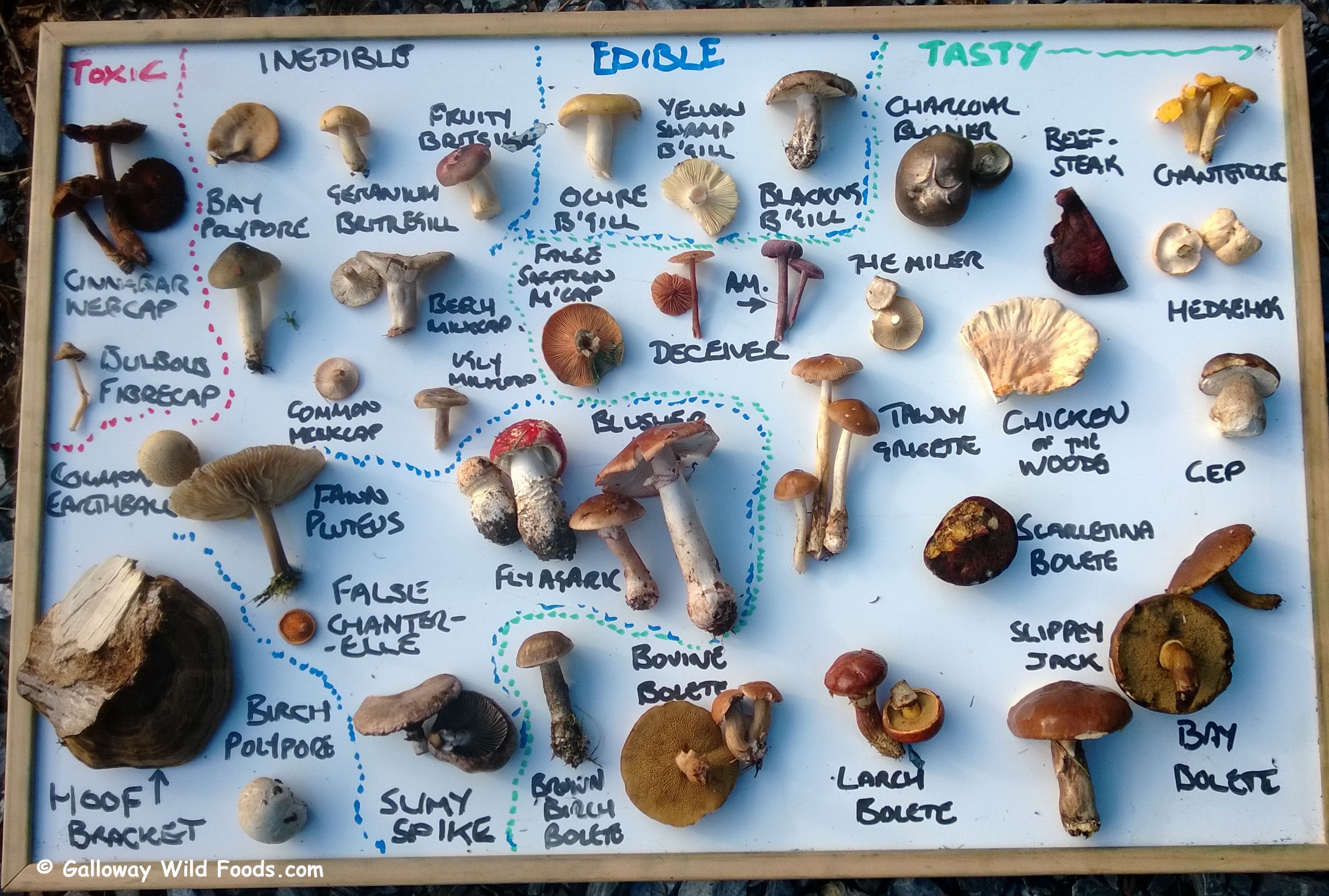
Foraging eat your way closer to nature
The Fairy Ring Mushroom is a common mushroom found in Iowa. This type of mushroom typically grows in rings or arcs in lawns and pastures. Fairy Ring Mushrooms are usually found in the spring or summer months after a heavy rain. While these mushrooms are not poisonous, they can cause stomach upset if eaten raw. It is best to cook them before.

Mushrooms Rock County Gardening
5. Shaggy Mane Mushroom. 6. Puffball Mushroom. 7. Oyster Mushroom. Welcome to the world of mushroom hunting in Iowa! With its diverse habitats and climate, Iowa is home to a variety of wild mushrooms.
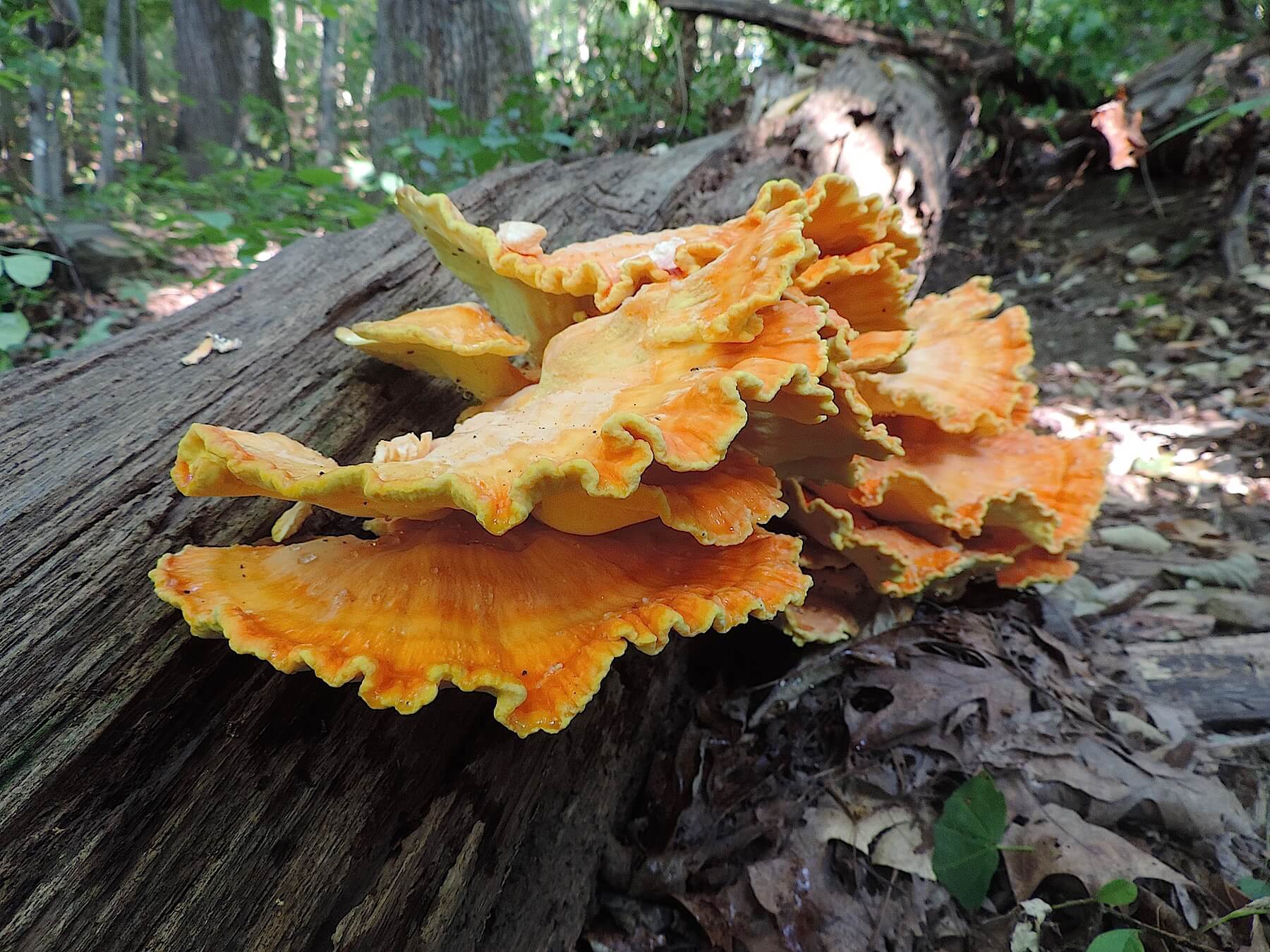
Chicken Of The Woods Mushroom Identification, LookAlikes, Medicinal
12 Mushrooms in Iowa. This article includes a list of some of the most common types of mushrooms found in the state to help you identify them. 1. Giant puffball. Giant puffball mushroom | image by Peter O'Connor aka anemoneprojectors via Flickr | CC BY-SA 2.0. Scientific Name: Calvatia gigantea.

A Guide to the Most Common Types of Mushroom
Also, these yellow-orange mushrooms always grow on the ground, usually around beech, oaks and pines. 10. Velvet Stem (Velvet Shank) Flammulina velutipes, commonly known as the velvet stem or velvet shank, is another type of edible mushroom of Iowa. Most foragers like it for its unique flavor and texture.

14 Types of Mushrooms Jessica Gavin
List of Edible Mushrooms in Iowa 1. Cauliflower Mushroom 2. Black Trumpet Mushroom 3. Button Mushroom 4. Chanterelle Mushroom 5. Charcoal Burner Mushroom 6. Chicken of the Woods Mushroom 7. Common Ink Cap Mushroom 8.. 10 Food Types You Can Eat With Your Hands.
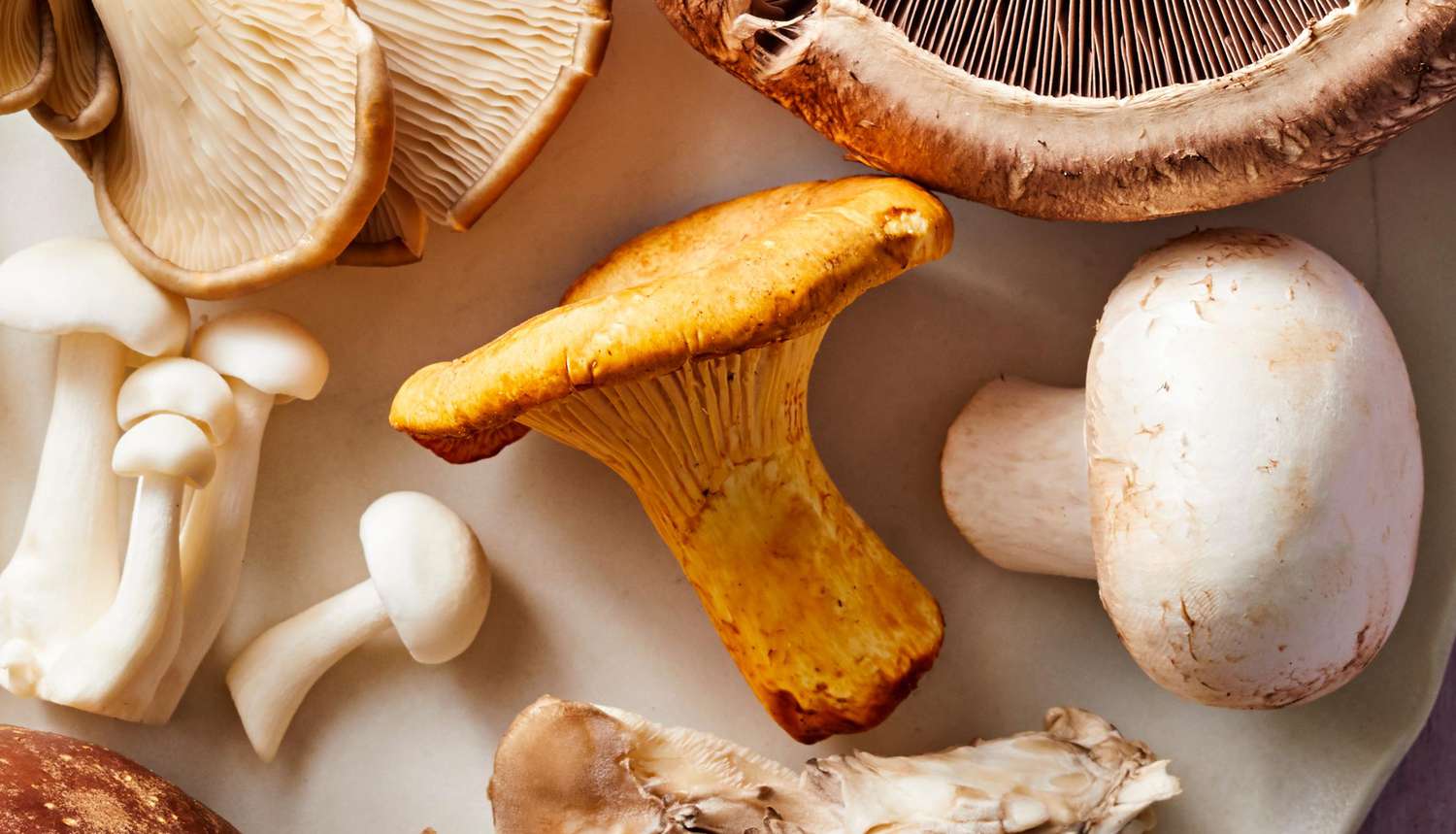
All the Types of Mushrooms You Should Know Better Homes & Gardens
Additionally, the entire mushroom will "auto-decay," digesting itself into a dark liquid within hours of being picked. Shaggy Manes look very similar to poisonous mushrooms that are found in Iowa. Leave these mushrooms where you found them, and never eat them! #11. False Turkey-tail.
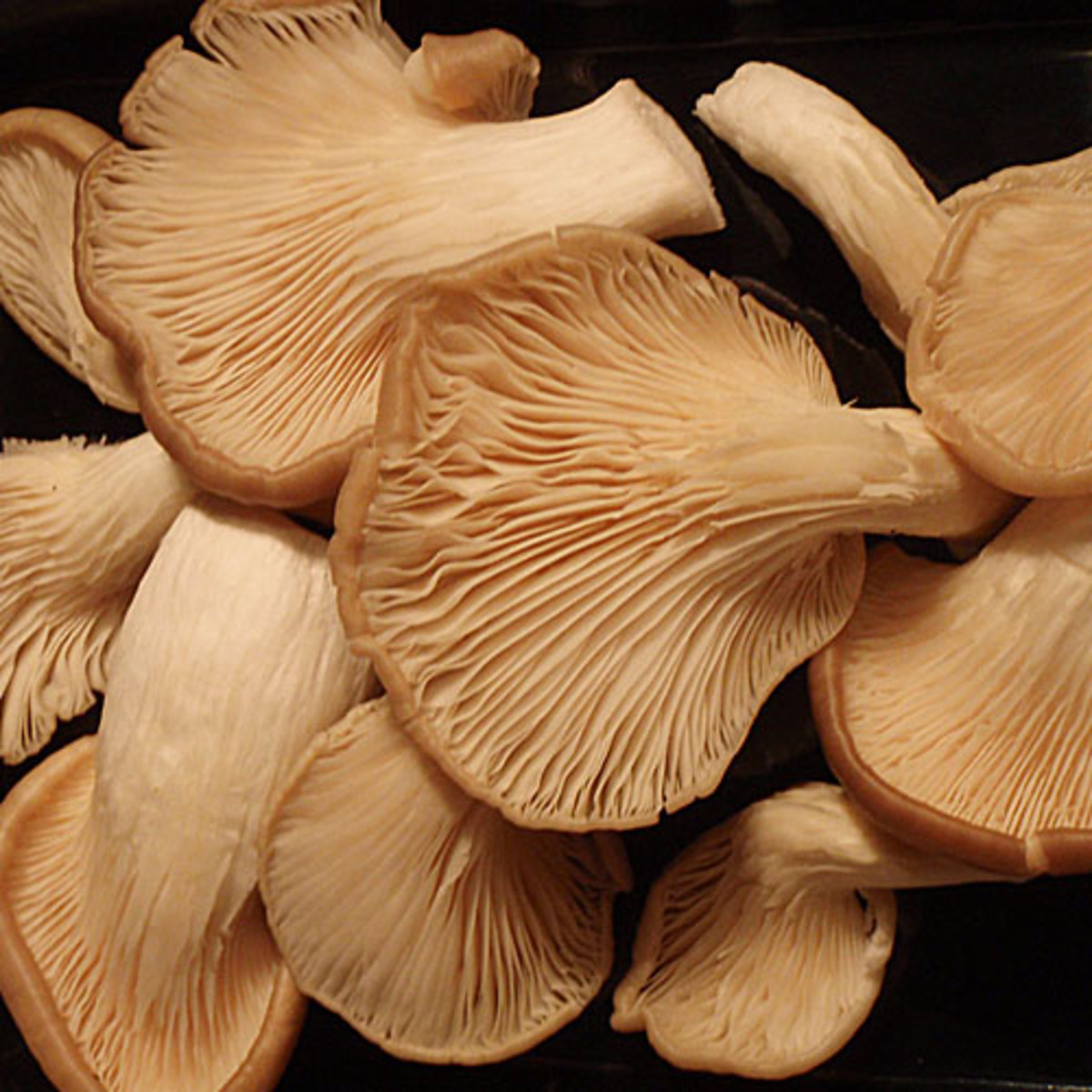
What Are the Different Types of Edible Mushrooms and How Do You Use
In the vast forests and fields of Iowa, a hidden world of mushrooms awaits discovery. With thousands of different types, these mushrooms come in all shapes, sizes, and colors, each with its own unique characteristics. While they may be fascinating to look at, it is crucial to exercise caution when encountering wild mushrooms.

Mushrooms growing wild in south eastern Ohio Mushroom Hunting and
AMES, Iowa - Gathering mushrooms can be an enjoyable activity for families and individuals of all ages. In Iowa, mushrooms can be foraged from spring through late fall, providing a wide window of opportunity.. The guide includes a calendar showing which time of year each type of mushroom is likely to be found, and it offers best practices.

3 tips on how to tell an edible mushroom from a poisonous one
6.Hen of the Woods Mushrooms. Another type of mushroom that can be found in Iowa is the Hen of the Woods mushroom. These mushrooms have a unique, ruffled appearance and are typically found growing at the base of oak trees.
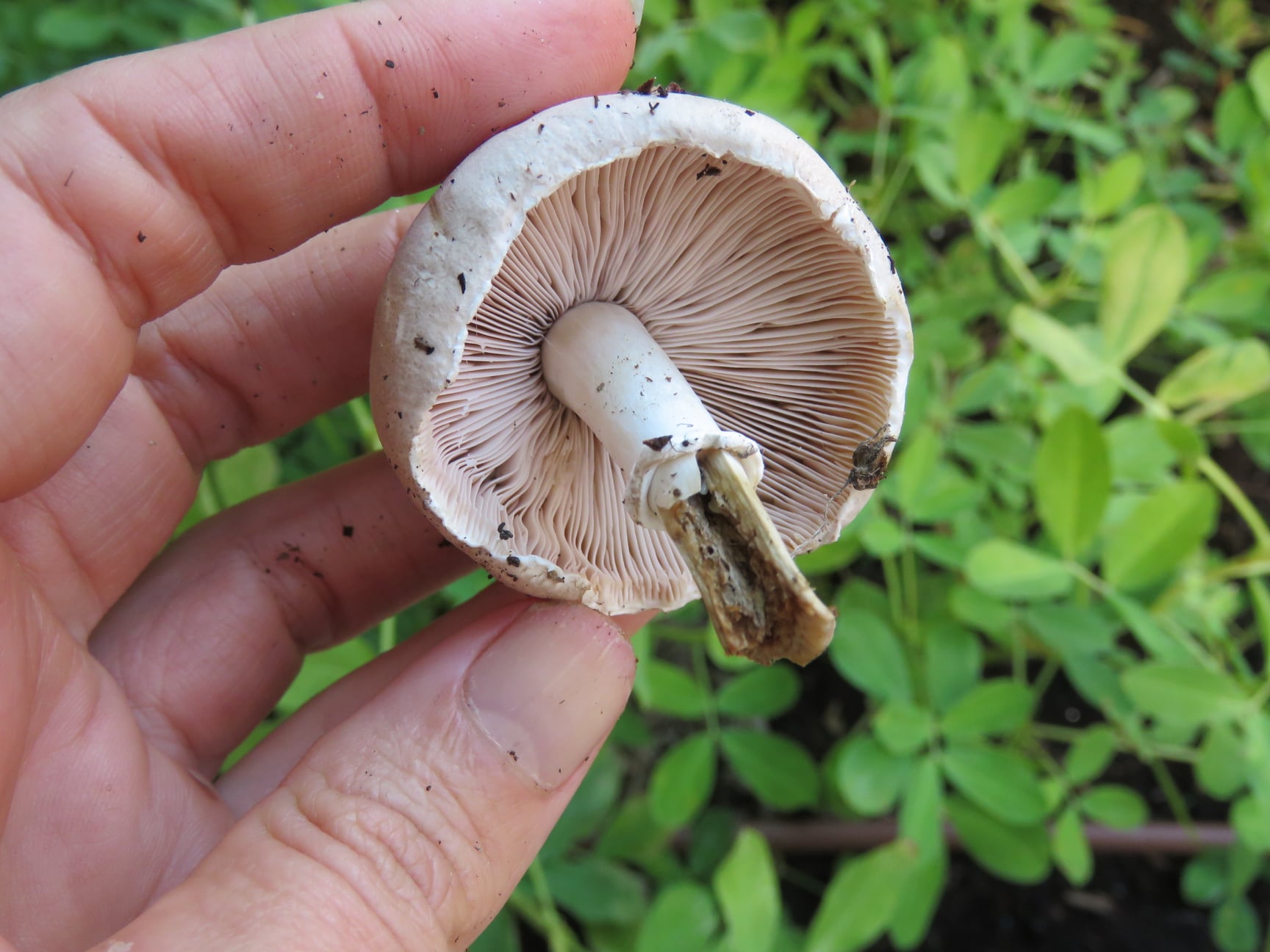
Wild Edible Mushrooms To Eat or not to Eat? Bloomah's City Farm
Discover the best mushroom spots in Iowa directly with our Mushroom Maps. Iowa Mushroom Guide: How To Hunt For Mushrooms. First, you need to have a thorough understanding of the growth conditions of the mushroom you're seeking. Each mushroom, such as morel or chanterelle, requires specific soil type, acidity, host trees, altitude, aspect…
Distracted Naturalist Recent Mushrooms early June 2013 part I
Ash trees are a specific habitat for certain types of mushrooms in Iowa. Ash trees are susceptible to a disease called emerald ash borer, which can kill the tree and create a dead and decaying environment for mushrooms to grow. Some of the mushrooms that can be found growing on dead ash trees in Iowa include oyster mushrooms, turkey tail.

Iowa Mushroom ID Mushroom Hunting and Identification Shroomery
The temperatures are high, the sun is shining and it is the perfect time of year to go on a fun-filled forage for mushrooms in Iowa's landscapes and the perfect sidekick is the Safe Mushroom Foraging Field Guide. This guide is available online: Safe Mushroom Foraging and free as a PDF download or for $4.00 for a print version. While the guide is ripe with information on its 80 pages, it is.
An Austin Homestead Wild Edibles Mushrooms
Field Guide to Edible Mushrooms of the Midwest by Michael Kuo and Andrew S. Methven is an informative book that provides detailed descriptions, photographs, and distribution maps of edible mushrooms found in the Midwest region, including Iowa. This book is an essential guide for mushroom identification and foraging.

A Guide to the Most Common Types of Mushroom
10 Most Common Backyard Mushrooms. #1. Ringless Honey Mushroom (Armillaria Tabescens) Specifications: The Ringless Honey Mushroom has a golden, honey-colored cap, white spores, narrow to broad pinkish/brown gills, and thick, cluster stalks.

The meaning and symbolism of the word «Mushroom»
10 Most Common White Mushrooms in Iowa. #1. Fairy Ring Mushroom (Marasmius Oreades) Specifications: The Fairy Ring Mushroom has a white, cream cap, white spores, narrow to broad white/brown gills, and thin stalks. This type of mushroom grows from late summer to early winter throughout the United States, including Iowa.
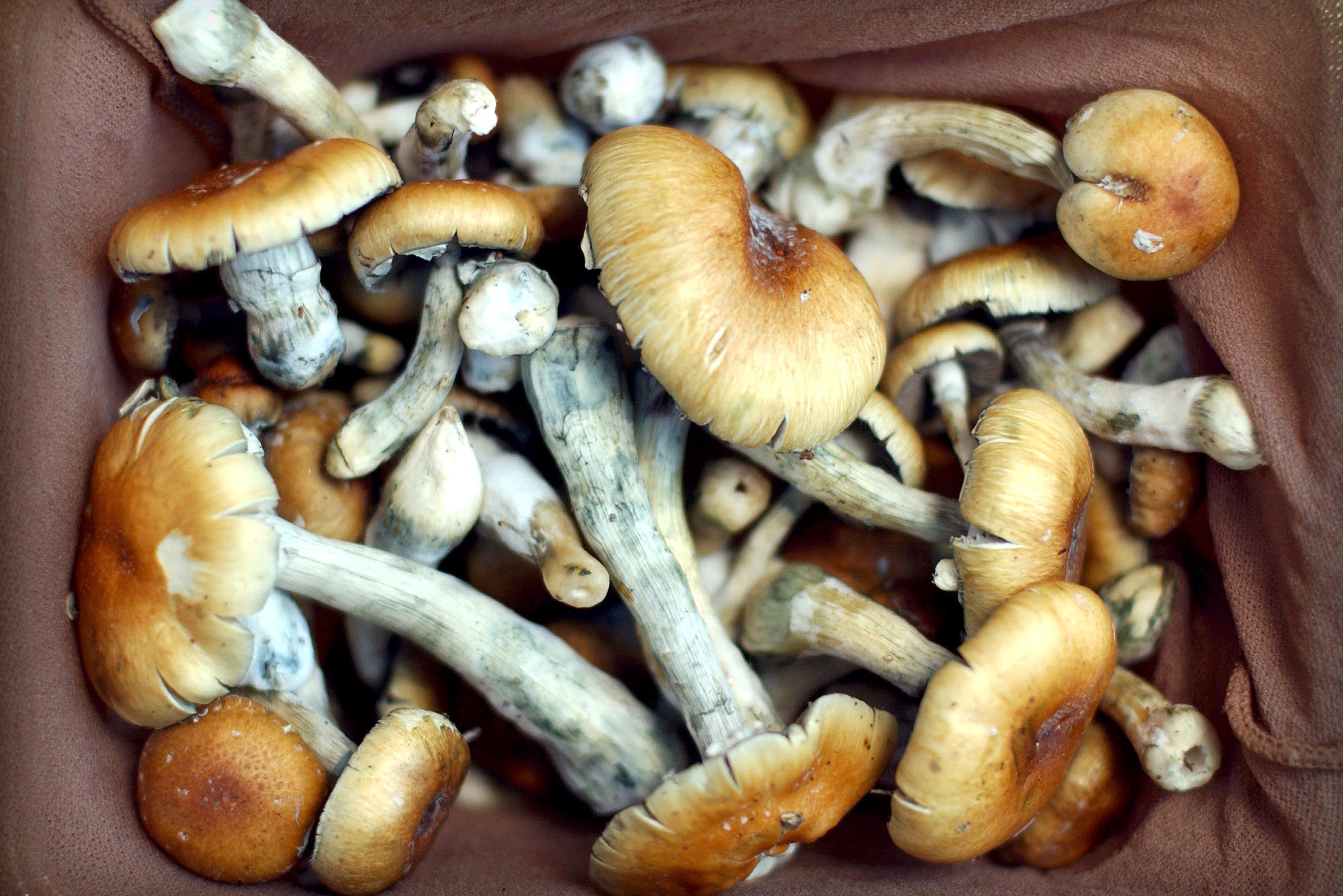
Magic Mushrooms Go Mainstream Can They Really Help Cancer Patients
When it comes to exploring the great outdoors of Iowa, one fascinating aspect to discover is the diversity of mushroom species that inhabit the state's forests, parks, and prairies. From delectable culinary mushrooms to unique and rare varieties, Iowa's mushroom ecosystem offers something for every enthusiast. Key Takeaways The Role of Mushrooms in Iowa's Ecosystem. Exploring Types of.